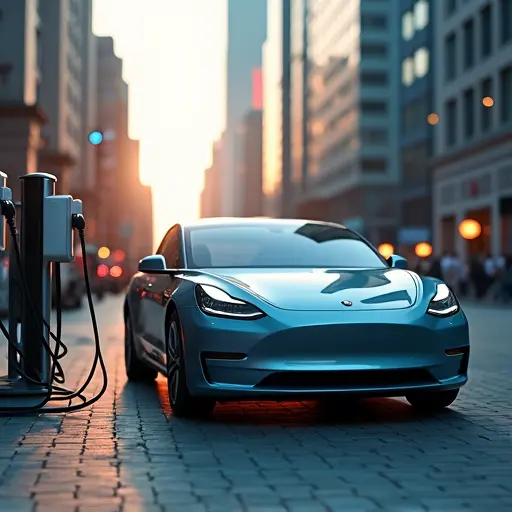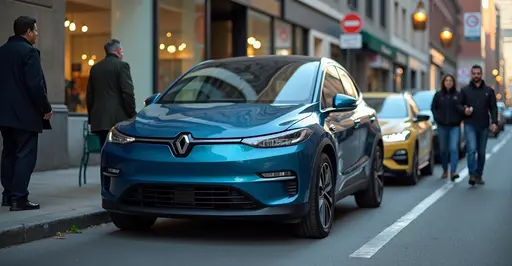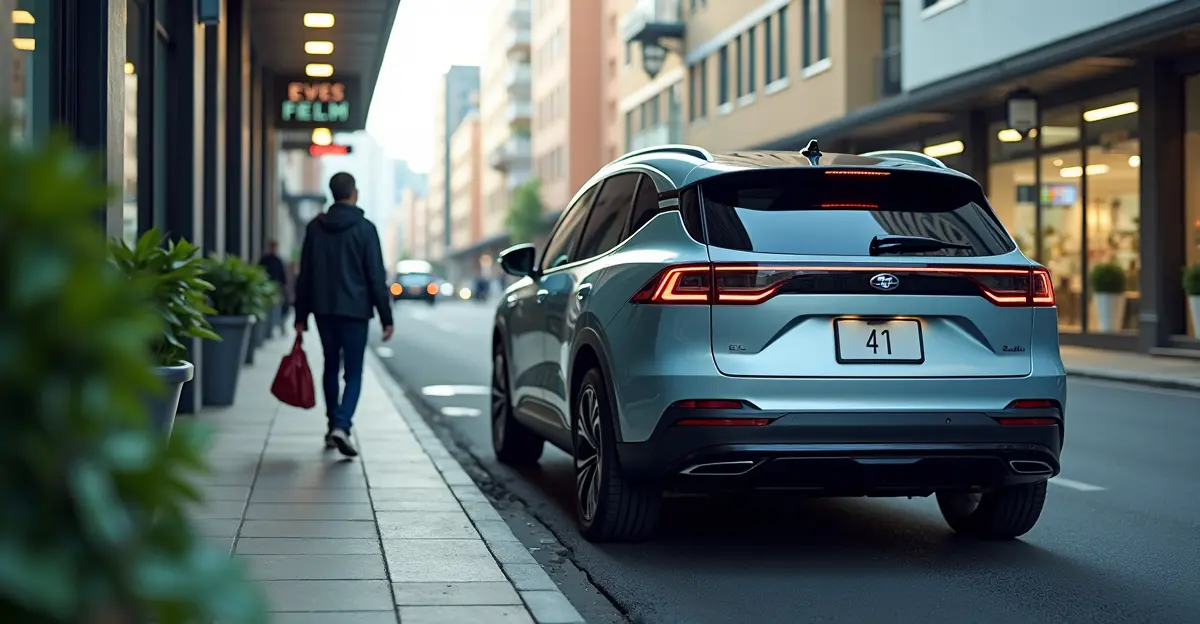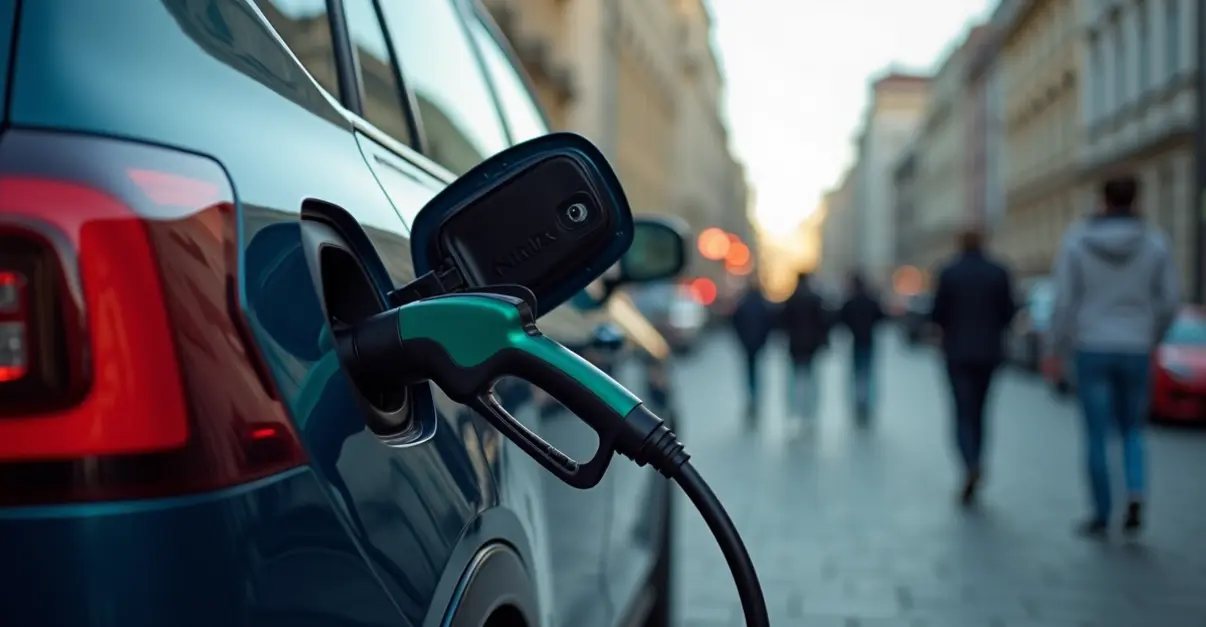New 2025 electric vehicle subsidy program targets low-income households with income-based eligibility, offering up to $7,500 for new EVs and $4,000 for used vehicles. Program addresses affordability barriers as EV adoption faces income disparities.
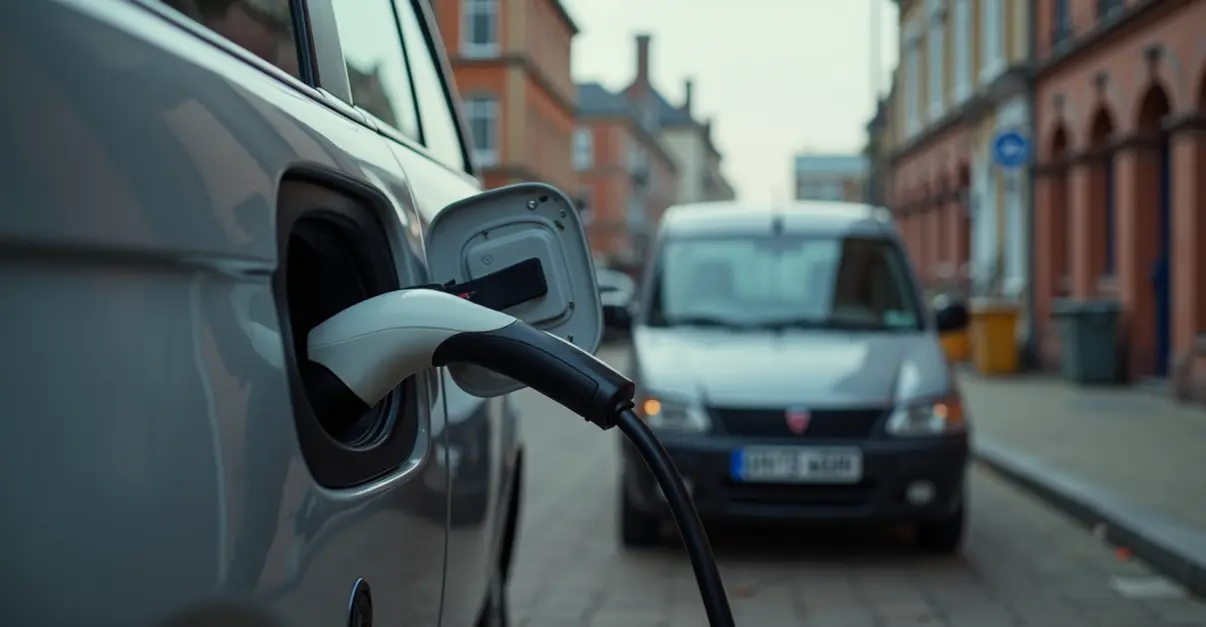
New Electric Vehicle Equity Program Aims to Bridge Affordability Gap
A groundbreaking electric mobility subsidy program specifically designed for low-income households is set to launch nationwide in 2025, addressing one of the biggest barriers to electric vehicle adoption - affordability. The program, which represents a significant equity-focused initiative, comes as electric vehicle prices remain approximately 12% higher than traditional gasoline-powered vehicles, with the average EV costing around $55,544 according to recent market analysis.
Program Eligibility and Income Requirements
The new subsidy program establishes clear income thresholds to ensure benefits reach those most in need. Single filers must have a modified adjusted gross income (MAGI) under $150,000, married couples filing jointly under $300,000, and heads of household under $225,000. 'This targeted approach ensures that families who have been historically excluded from the EV revolution can finally participate,' said transportation equity advocate Maria Rodriguez.
For used electric vehicles, the program offers up to $4,000 in subsidies with even lower income thresholds, making previously-owned EVs more accessible to households with limited financial resources. The vehicle price cap for used EVs is set at $25,000, while new vehicles have caps of $55,000 for sedans and $80,000 for SUVs and trucks.
Implementation Timeline and Expected Demand
The program rollout begins in January 2025 and will operate through September 30, 2025, when current federal clean vehicle tax credits are scheduled to expire. State and local agencies are preparing for what they anticipate will be overwhelming demand. 'We expect applications to exceed available funding within the first few months,' noted Department of Energy spokesperson James Wilson. 'The combination of environmental benefits and financial savings makes this program particularly attractive to low-income families struggling with transportation costs.'
Industry analysts predict the program could help bridge the significant income disparity in EV ownership, where currently 43% of EV buyers come from households earning $200,000 or more annually.
Additional Support Services
Beyond direct vehicle subsidies, the program includes support for charging infrastructure in low-income communities. The Maryland Energy Administration's Community Electric Vehicle Supply Equipment Grant Program, for example, provides $10 million specifically for EV charging networks in underserved areas. 'Access to convenient charging is just as important as vehicle affordability,' explained environmental policy expert Dr. Sarah Chen. 'Without adequate infrastructure, even subsidized EVs become impractical for daily use.'
Applicants can access program information and submit applications through designated online portals, with many states offering additional assistance through local community organizations and energy assistance offices.
Broader Impact and Future Outlook
The program represents a significant step toward transportation equity while supporting national climate goals. As one transportation analyst noted, 'Making electric mobility accessible to all income levels is essential for achieving meaningful emissions reductions and creating a sustainable transportation system.' With the September 2025 deadline approaching, eligible households are encouraged to begin the application process early to secure available benefits.
For more information about eligibility requirements and application procedures, visit the IRS Clean Vehicle Tax Credits page or contact local energy assistance offices.

 Nederlands
Nederlands
 English
English
 Deutsch
Deutsch
 Français
Français
 Español
Español
 Português
Português




